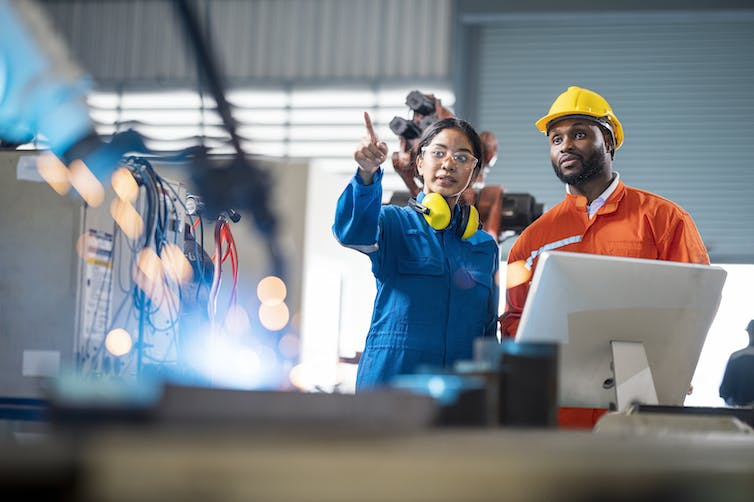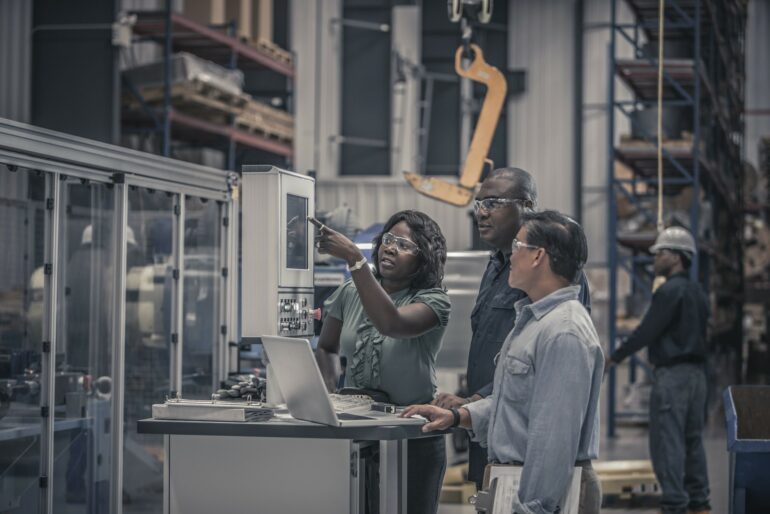It may seem intuitive that teams made up of people with a diversity of perspectives, experiences and backgrounds lead to more effective and inclusive outcomes. But the recent U.S. Supreme Court decision to curb affirmative action in higher education could hinder progress toward increasing diversity in the science and engineering fields.
As a geographer and feminist scholar, my work centers on how diverse engineering teams can create space for better collaborations and outcomes. The first step to creating diverse teams is having diverse people with relevant engineering backgrounds, but this Supreme Court decision may create more roadblocks for people from underrepresented backgrounds pursuing the sciences.
Affirmative action
Affirmative action is the practice of universities giving special consideration to historically excluded groups, such as racial minorities and women. In addition to addressing past discrimination, the practice, born out of the 1960s civil rights movement, ensures public institutions such as universities represent the populations they serve.
Even with affirmative action, Black and Hispanic workers are already underrepresented in STEM fields. A 2021 study found they made up only 9% and 8%, respectively, of the total STEM workforce in the United States. At the same time, Black people and Hispanic people accounted for 14% and 19%, respectively, of the national population.
Even prior to the court’s decision, higher education pipelines underrepresented women and people of color in engineering.
Engineering offers high salaries and job stability, but it also lags far behind other STEM fields in integrating diversity and creating inclusive company cultures. Diverse teams can help make sure a company’s products and services are relatable to a wide range of customers.
A pipeline issue in engineering
Still, it is challenging to create genuinely inclusive cultures. And to have diverse engineers, you first need diverse engineering students.
A diverse engineering team has historically been one that includes different talents – engineers, but also designers, architects and so on. However, now when experts like me point out a pipeline issue in engineering, we’re prioritizing social diversity. This includes gender, race, ethnicity, nationality and other identities.

Teams of engineers with diverse backgrounds and perspectives can lead to new innovations and create supportive spaces.
Nitat Termmee/Moment via Getty
The percentage of engineering bachelor’s degrees awarded to women and people of color in the United States has grown little since 1998. Women account for 22% of bachelor’s degrees in engineering. Less than 4% of all engineering degrees went to African American, Hispanic and Native American women. Hispanic and Black/African American students account for 11.4% and 4.2% of engineering bachelor’s degrees, respectively.
Students cite hostile climates and racist and…



